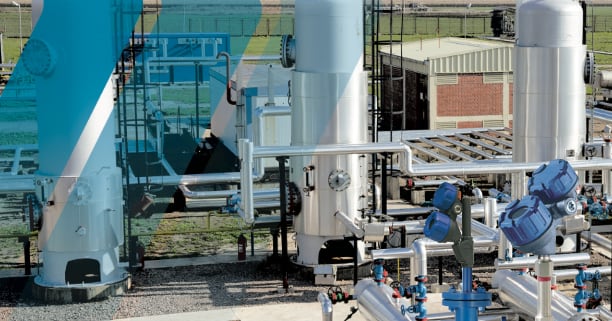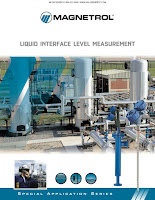Vaisala K-PATENTS® Sanitary Process Refractometers PR-43-AC for hygienic installations in small pipe line sizes of 2.5 inch and smaller; PR-43-AP for hygienic installations in large pipes, tanks, cookers, crystallizers and kettles and for higher temperatures up to 150°C (300 °F); and the PR-43-APT for flush mounting installations in cookers, cooling crystallizers and other vessels that have scrapers or mixers.
Sanitary Refractometer Applications:
Extraction, evaporation, brewing, distilling, sugar dissolving, blending, filling. Alcohol, rum, whiskey, brandy, vodka, molasses, liquors, cider, alcoholic beverages, pre-mixed liquors. Beer and malt beverages, wort, cut beer, root beer. Juices, blended vegetable and fruit juices and nectars, still drinks, vegetable and juice concentrates, iced tea and coffee, instant coffee and tea. Soft drinks, energy and sport drinks, beverage base. Wines, grape must.
Sanitary Refractometer 3A Approval:
The Sanitary refractometer PR-43-A is Sanitary 3-A approved to meet the highest hygiene requirements of food production. The 3-A Symbol assures that the Sanitary Refractometer
PR-43-A conforms to 3-A Sanitary Standard Number 46-04 for Refractometers and Energy-Absorbing Optical Sensors for Milk and Milk Products and it has passed the independent Third Party Verification inspection for 3-A Symbol authorization.
For more information about Vaisala K-PATENTS products in Metro New York, New Jersey, Pennsylvania, Delaware, and Northern Ohio contact Miller Energy, Inc. Call them at 800-631-5454 or visit their web site at https://millerenergy.com.



